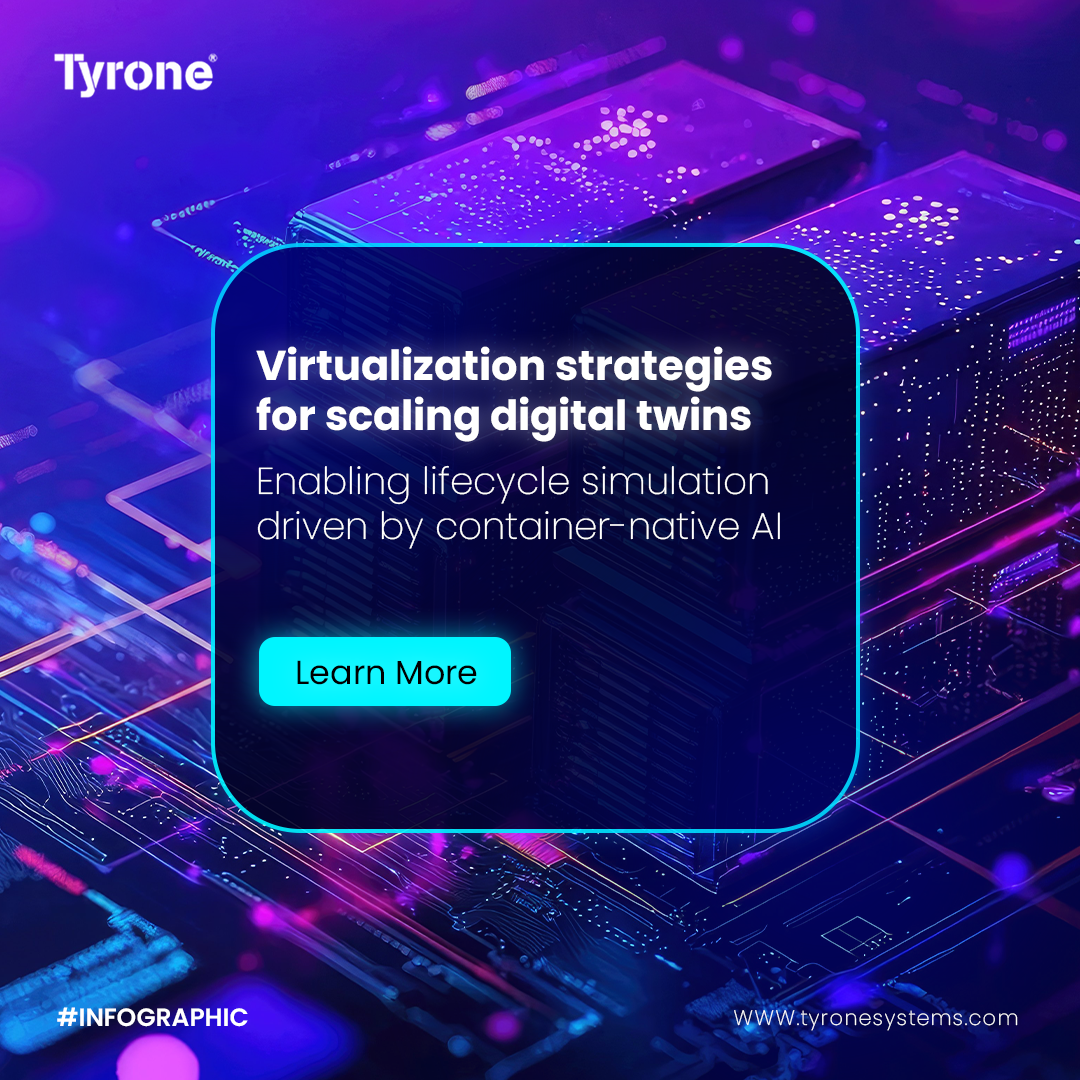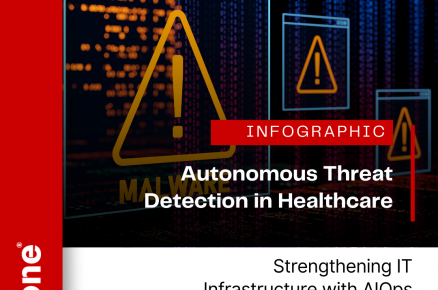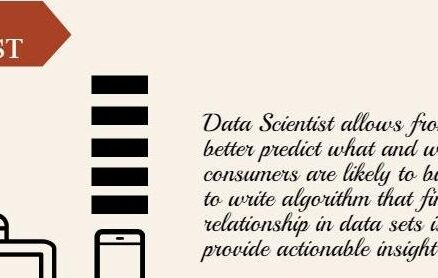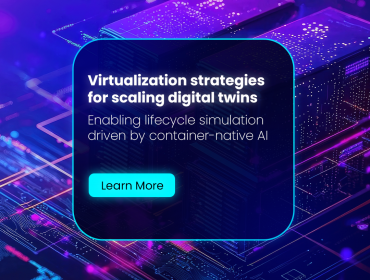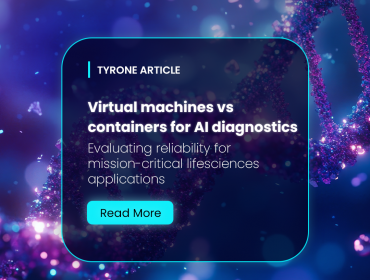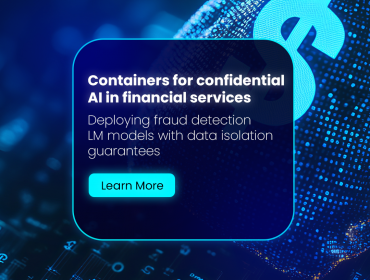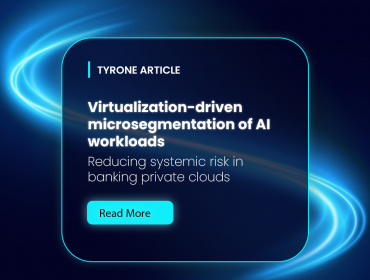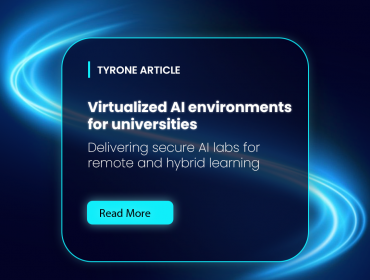The vision of a fully dynamic digital twin—a living, learning virtual replica that evolves alongside its physical counterpart—has long been constrained by computational limits. As these models grow from static prototypes into AI-driven entities that simulate entire product lifecycles, traditional monolithic architectures are buckling under the weight of real-time data ingestion and predictive analytics. The breakthrough lies in modern virtualization strategies that decompose these complex systems into containerized microservices, each managing a discrete function: a sensor data ingestor, a physics-based simulator, a predictive maintenance AI. This container-native approach allows organizations to scale simulation components independently, update AI models without halting the entire twin, and orchestrate thousands of parallel digital instances across distributed edge and cloud environments. By treating the digital twin not as a single application but as a coordinated fleet of intelligent containers, enterprises can finally achieve the granularity, resilience, and scalability required to simulate everything from a single bearing’s wear to an entire smart city’s energy consumption over decades. This infographic explores how containerization is turning the digital twin from a powerful concept into a practically limitless simulation platform.
Get in touch info@tyronesystems.com


